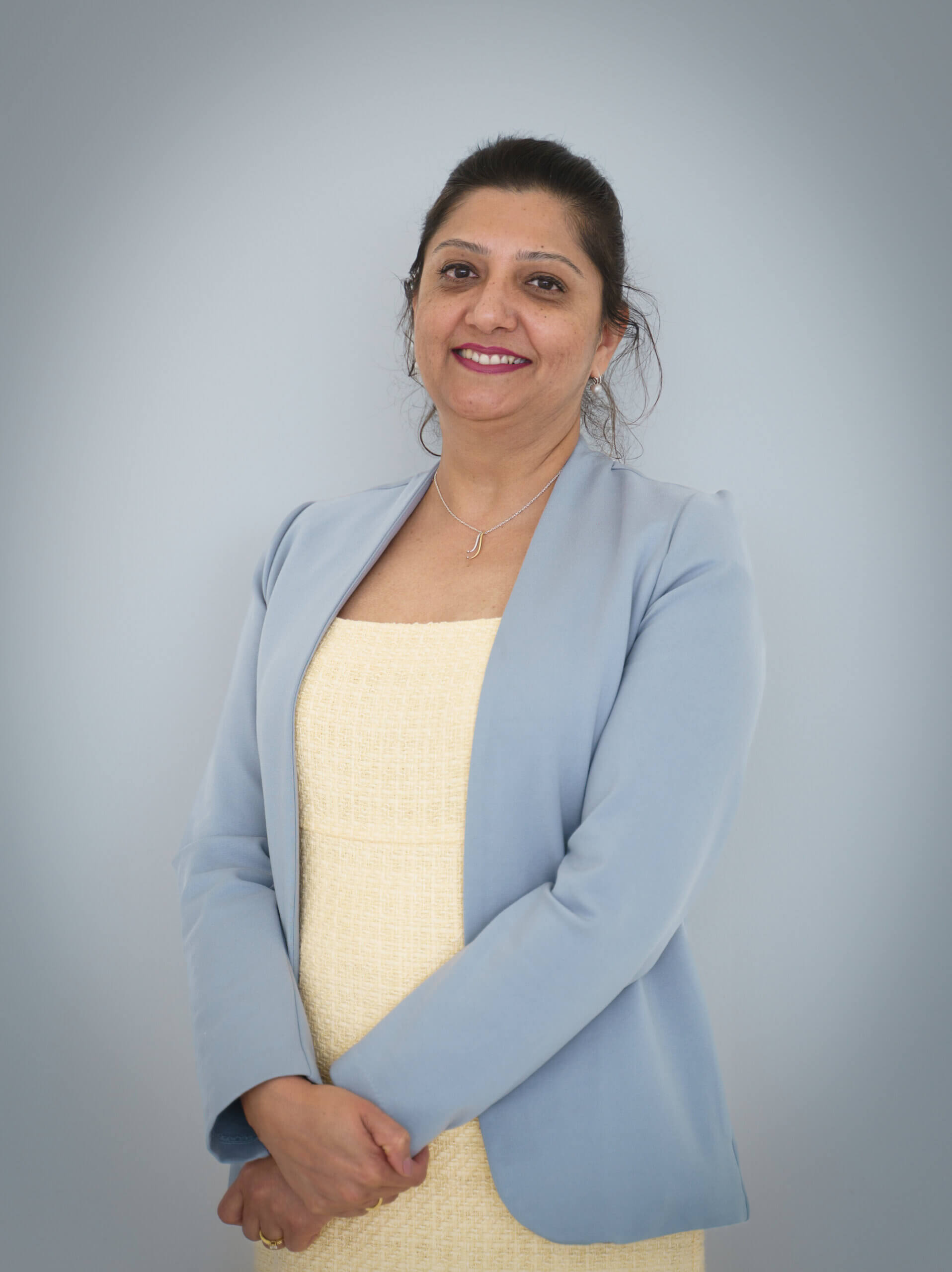Mohs Micrographic Surgery is a surgical procedure to treat skin cancer, primarily but not limited to basal cell carcinomas, occurring on the head and neck. Mohs surgery is named after Dr Frederick Mohs, a general surgeon, in the late 1930s. In the mid-1960s, Dr Perry Robins studied the procedure with Dr Mohs and recognised it had great potential for the field of dermatology. He brought the technique to New York University where he established the first fellowship training programme to teach dermatologists this type of skin cancer surgery.
The Mohs surgical technique involves removing the visible skin cancer from the skin in several steps. The first step is to remove the visible lesion with a very small border of normal skin around it and viewing it under a microscope to check if cancer cells are present. If cancer cells are present, more layers are removed from the specific areas where the cancer cells where seen to be present, with each layer being viewed under a microscope, until no remaining cancer cells area seen. This type of surgery aims to remove as little normal tissue as possible while ensuring clearance of all the cancer cells during the time of the procedure. The resulting defect is then closed using the closure technique that allows for the best cosmetic outcome.
In short, Mohs Micrographic Surgery is a surgical technique that removes all cancerous cells for the highest cure rate and lowest risk of recurrence while sparing healthy tissue and leaving the smallest possible scar.
Mohs Micrographic Surgery is the gold standard technique for removing skin cancers from the head and neck but is especially indicated and useful for the removal of ill-defined lesions, recurrent lesions, incompletely or narrowly primary excisions and lesions in cosmetically-sensitive areas.
Kings College Hospital London in Dubai is now offering this gold-standard technique for the treatment of skin cancer.
Dr Spierings is a fellowship-trained Mohs Micrographic Surgeon and Consultant Dermatologist. She completed her dermatology training in London and then undertook a post-CCT fellowship at the Royal Victoria Infirmary in Newcastle. Dr Spierings then worked as a substantive Consultant Mohs Surgeon at Leeds Teaching Hospitals NHS Trust. She also has a Masters Degree with Distinction in Aesthetic Medicine from the University of London.
To date, Dr Spierings has performed over 1000 Mohs Surgery Procedures, as well as thousands of skin surgery procedures ranging from simple to highly complex, in both the UK National Health Service and the private sector. She performs over 100 skin surgery procedures a week. Dr Spierings also regularly teaches skin surgery skills to doctors all over the world.
Aside from her technical ability, Dr Spierings has an astute aesthetic eye; she not only removes the skin cancer but also has the talent and skill to provide her patients with best possible cosmetic outcome.
احجز موعدًا


